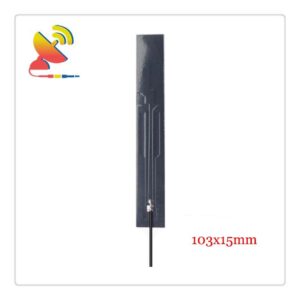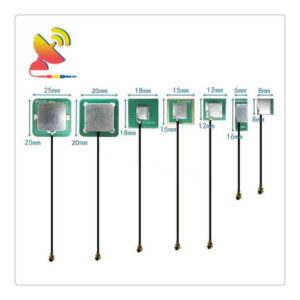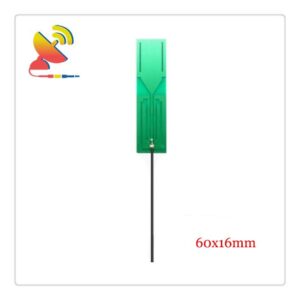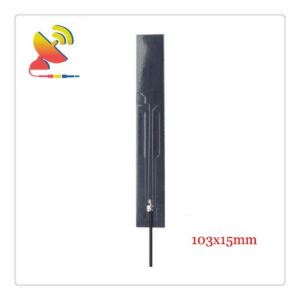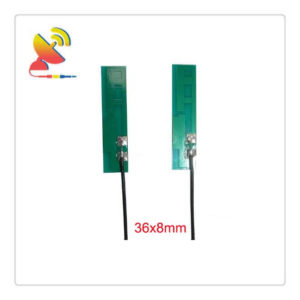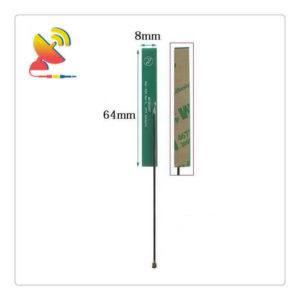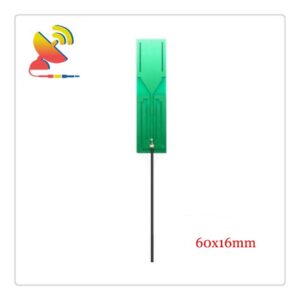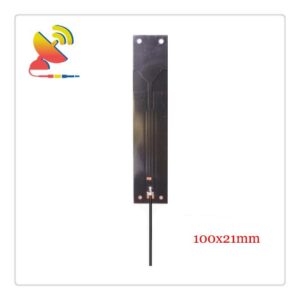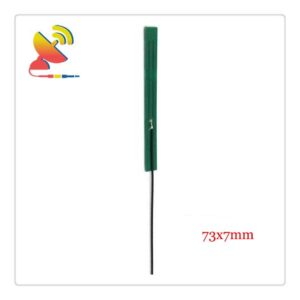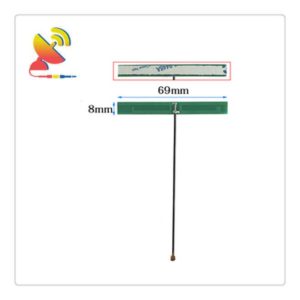GPS PCB Antennas
A GPS/global positioning system is an interrelated assembly or device (component) constituted intending to determine a position in space.
The GPS/global positioning system ensures that at least four satellites can be observed simultaneously at any point on the Earth at any given moment to ensure that the satellites can pick up the latitude, longitude, and altitude of the observation point to fulfill the functions of navigation, positioning, timing and so on.
This GPS technology can be used to guide aircraft, ships, vehicles, and individuals to reach their destinations safely and accurately along selected routes and on time.
In addition to the GPS of the United States, there is also the Beidou satellite navigation system of China, the Galileo satellite navigation system of the European Union, and the Russian Global Navigation Satellite System (GLONASS).
Main applications of GPS:
(1) Land applications, including vehicle navigation, emergency response, atmospheric physical observation, geophysical resource exploration, engineering measurement, deformation monitoring, crustal movement monitoring, municipal planning, and control;
(2) Marine applications, including determination of optimal voyage routes for ocean-going vessels, real-time scheduling and navigation of vessels, marine rescue, marine treasure hunting, hydrogeological measurements, and positioning of marine platforms, and sea level rise and fall monitoring;
(3) Aerospace applications, including aircraft navigation, aviation remote sensing attitude control, low orbit satellite orbiting, missile guidance, aviation rescue, and manned spacecraft protection detection.
Mainly for ships, cars, aircraft, and other moving objects for positioning and navigation. For example:
1. Ship ocean navigation and harbor water diversion
2. Aircraft route guidance and approach and landing
3. Automobile autonomous navigation
4. Ground vehicle tracking and urban intelligent traffic management
5. Emergency life-saving
6. Personal travel and wilderness adventure
7. The personal communication terminal (integrated with mobile phone, PDA, electronic map, etc.)
8. Time synchronization of power, postal, and telecommunication networks.
9. Accurate time granting
10. Frequency synchronization
11. Various levels of geodetic and control surveys
12. Roads and all kinds of line layouts
13. Underwater topographic surveys
14. Deformation measurements of the earth’s crust, deformation monitoring of dams and large buildings
15. GIS applications
16. Control of construction machinery (tyre cranes, bulldozers, etc.)
17. Precision agriculture
Passive GPS Antennas Manufacturer
Active GPS Antennas Supplier
C&T RF Antennas Inc. is an indoor-outdoor passive GPS antenna manufacturer and active GPS antenna supplier in China.
How do GPS PCB antennas work?
GPS PCB antennas come in two flavors: active and passive. Active antennas come with a low-noise amplifier (LNA) built into the module, while a passive antenna does not include an amplifier. Active antennas sit on their board and connect to your printed circuit board with a coax cable.
What should be paid attention to in GPS PCB antenna design?
1. Try to be as short as possible.
2. Design for impedance matching.
3. Stay away from interference sources.
C&T RF Antennas Inc. provides RF antennas with PCB & Flex PCB & Omni antenna types, covering the below frequencies:
C&T RF Antennas Inc. is the internal antennas GPS PCB Antennas manufacturer. Contact us for the GPS PCB antenna catalog, GPS PCB antenna datasheet, GPS PCB antenna pricing, and inventory on the GPS PCB Antennas.
Showing all 12 results
-
8dBi High-gain Passive GNSS PCB Antenna
Read more -
Active GPS Antenna 1575.42MHz Ceramic Antenna
Read more -
Ceramic Patch Antenna 1575.42MHz Active GPS Antenna
Read more -
Dual-band LTE/GPS Internal PCB Antenna
Read more -
High-gain GNSS LTE 5G PCB Antenna
Read more -
High-gain PCB 8dBi GNSS Patch Antenna
Read more -
High-performance 1575.42MHz PCB GPS Antenna
Read more -
High-performance 1575.42MHz UFL GPS Antenna
Read more -
High-performance PCB 5dBi Indoor GPS Antenna
Read more -
High-performance PCB 5G LTE GNSS Antenna
Read more -
Mult-band GNSS Antenna PCB 1.4G 1.5G 1.6G 1.7G 1.8G Antenna
Read more -
Passive Internal GPS Antenna 1575.42MHz Antenna
Read more

